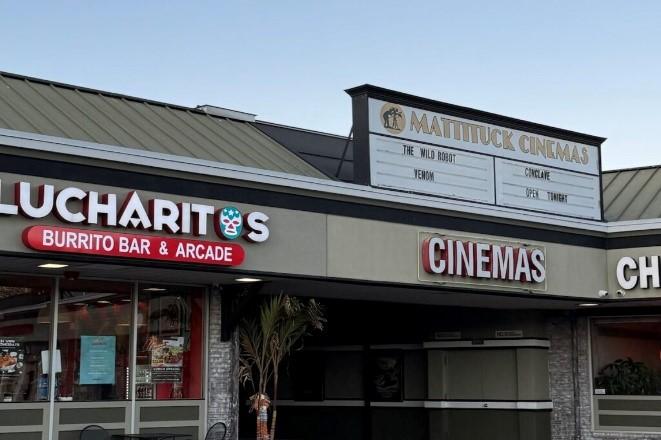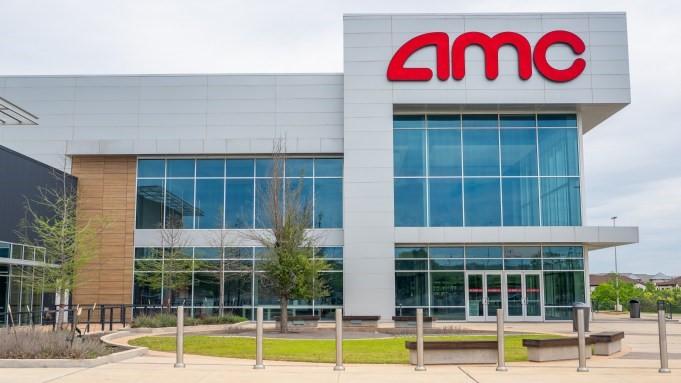Cineworld Group, the world’s second-largest exhibitor and owner of Regal Cinemas in the U.S., made it official this week that it was filing for bankruptcy protection. When 2022 began, Cineworld was struggling under a total debt load of $8.9 billion, including more than $4 billion in lease liabilities and a $1 billion breakup penalty from its aborted acquisition of Cineplex, Canada’s largest exhibitor.
The current drought in new Hollywood releases pushed Cineworld over the edge, leading to a significant drop in new revenues. Cineworld has secured almost $2 billion in financing to ensure it can keep its theatre open while going through the Chapter 11 process.
While Cineworld’s main competitor AMC was able to ride out the pandemic with some good luck – an army of retail investors rallied to its support during the darkest days of 2021 under the #saveamc hashtag – Cineworld was not able to muster similar support. What’s more, Cineworld paid a price for exceptionally bad timing on its Cineplex acquisition, announced in December 2019 just months before the arrival of the COVID-19 pandemic.
While some financial analysts project trouble ahead for the entire exhibition sector, the case of Cineworld has many unique factors. Cineworld’s two largest competitors, AMC and Cinemark, are well on their way back to health, after a strong summer at the box office. In addition, two other large U.S. exhibitors, Studio Movie Grill and Alamo Drafthouse have used a “quick-rinse” bankruptcy to lighten their debuts and have re-emerged with a sustainable business outlook.












